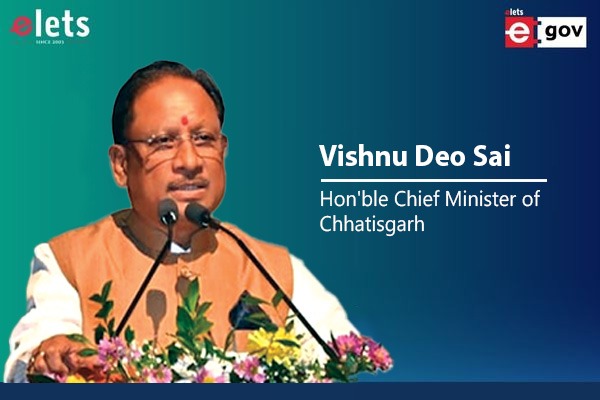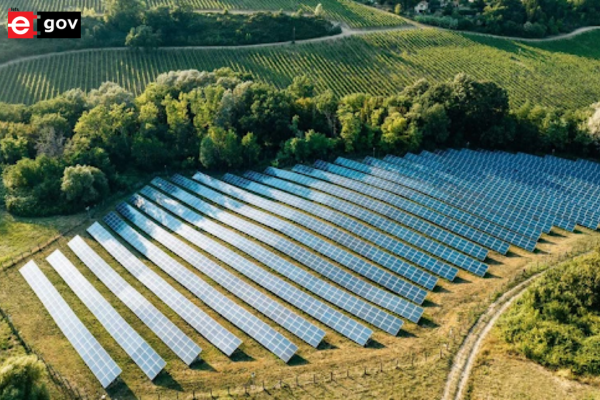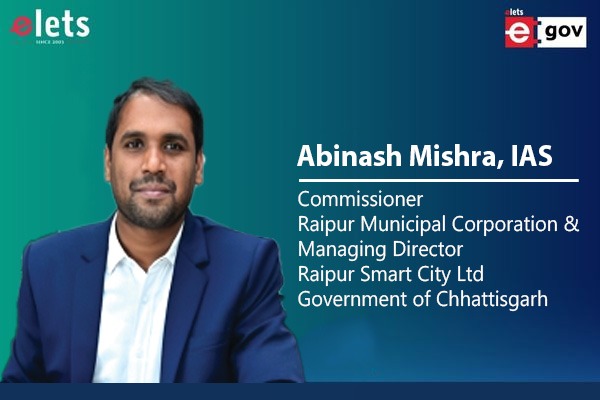
Energy is a determinant of our economic well-being. We know that. But today, it is crucial that we discuss the future trajectory of energy, particularly clean energy, for the global challenges that confront us. We need to reset the global agenda for energy.
India’s national plan for energy transition is based on our realities; One to augment and grow energy infrastructure but to do this so that it is green and based on renewable energy. We need to double our energy production and consumption by the end of the decade. Two, to provide for affordable energy so that the needs of the poorest are secured, and three, to develop domestic supply chains for new energy systems.

Given the enormity of the crisis that awaits the world, India is not just walking the talk, but it is running the talk. India has not been a historical contributor to greenhouse gas emissions – from 1870 to 2019, its emissions have added up to a miniscule 4 per cent of the global total. It is lambasted as the world’s third highest polluter in 2019, but its scale of emissions, 2.88 CO2 gigatonnes (Gt) as compared to the highest polluter (China at 10.6 Gt) and second highest (US at 5 Gt), are not comparable, not by a stretch. And, we have a huge need to grow our economy and meet the energy needs of millions of our people. So, from every angle, we did not have to take these global targets to reduce our carbon emissions.

The question also is why should the world differentiate between coal and natural gas, when both are fossil fuels. This is also a question of climate justice and most importantly, the feasibility of moving at speed and scale to reduce fossil fuel emissions responsible for heating the Planet. The fact is, roughly 70 per cent of the world’s population has not contributed to the stock of emissions in the atmosphere but is today highly dependent on coal for energy. Richer countries have made the transition from coal to natural gas, which is somewhat cleaner—it emits roughly half the carbon dioxide emitted by coal, in addition to methane. However given their enormous appetite for energy, these countries’ past and current emissions are high; disproportionate to their share of the global carbon budget. Now, the burden of the transition to clean energy has been shifted to countries that are least responsible for the stock of emissions and least capable of making the switch. This is not only unjust but also unrealistic. It makes the fight against climate change even more intractable and difficult.

What, then, are the options ahead? Let me discuss this in the context of India, where we need to address the issue of toxic air pollution because of coal burning. We cannot become defenders of coal however bad global politics may be. It is in our interest to reduce local air pollution and to combat climate change. But we need to do this based on our imperatives. The strategy should be to vastly increase the rates of electrification in the country so that we can reduce coal combustion in millions of industrial boilers that are inefficient and highly polluting, and move towards electrification of vehicles, which in turn will reduce air pollution in our cities.

The zillion-dollar question then is, how will this electricity be produced? Our first task is to reduce dependence on coal even as we vastly increase our energy supply. This means doing more of what the Indian government is also committed to doing; limiting coal and investing in cleaner natural gas and renewable energy. Reducing India’s coal power dependence in the electricity mix to 50 per cent from over 70 per cent now would mean upping our target for renewable energy from 450 GW to 650- 700 GW by 2030. This scale of transformation will need financing, especially if we want to keep the cost of new renewable energy capacity low so that energy is affordable. This is where international partnerships must be sought; both to reduce the cost of finances and to provide additional finance.
The global community needs to rework its proposals. The transition to clean energy means focusing on making the cost of finances to the emerging world, which is 2-6x higher than the developed OECD countries, much lower and more accessible. Second, the global energy transition pathway has to be for all fossil fuels—coal and natural gas. This would not only show that richer countries have exhausted their quota for using natural gas but also make gas available at affordable costs to emerging countries that face the twin problems of local and global emissions. Let’s be clear, the science of climate change is also the politics of inclusion and responsibility. This is where we must get it right.
All this means that we have accepted a massive transformation of our energy systems, which will be designed for the future and compliant with climate change goals. The big issue that must concern us as we move ahead – and this will remain the discussion for the future – will be to ensure that growth is equitable and that the poor in the country are not denied their right to development in this new energy future. The per capita emissions of India remain low because we have massive numbers of people who still need energy for their development. Now, in the future, as we have set ourselves the goal to grow without pollution, we must work on increasing clean, but affordable, energy for the poor.
So, I would argue that, given these challenges, it is time that we began an altogether different discourse about clean energy and renewable power. We need to reinvent the clean energy imperative. We need to redefine its objective so that it can meet societal needs. It must meet the poor’s energy, clean air, and climate change needs.
So, how will it happen? The fact is that energy security for vast numbers of the poor requires an energy delivery system that is different. It will require reaching energy, which costs less but is advanced and cleaner, into households that cannot even afford to buy basic fuel or light. It will require cutting the length of supply lines, leakages and losses, and everything else that makes energy costs more so that it is affordable. There is no clear idea of what will work. But what is clear is that we have to push the envelope so that renewable energy becomes transformational – not because it is produced – but because it is an agent of transformation of society and the environment.
What is clear is that we need to ask deliberately what it would take to put clean energy into the hands of the poor. For this, we will need to do everything to make the transition to clean power. Similarly, we need to ask how clean and renewable energy can work to clean up local air in our cities. It is not just about battery vehicles, but clean power to power the batteries. It is not about shifting the source of pollution. But cleaning it up. Every house needs to generate this clean power; every vehicle – ideally a bus or cycle – and every industry needs to be powered from this source. This is where we need to go.
The same is the case with the wicked problem of cooking energy of the poor woman. We need clean energy to be the basis of the electricity that powers the cookstove – from solar, and wind to biogas and all other ways in which it can be supplied into the hearth. It can do this if it is available; if it is convenient, affordable, and clean. The basis for this transition has to be the health of the last person, in this case, the woman behind the cookstove.
Clean and renewable energy has to be the moral and economic imperative for a sustainable and more inclusive world.
Views expressed by Sunita Narain, Centre for Science and Environment.
Be a part of Elets Collaborative Initiatives. Join Us for Upcoming Events and explore business opportunities. Like us on Facebook , connect with us on LinkedIn and follow us on Twitter, Instagram.
"Exciting news! Elets technomedia is now on WhatsApp Channels Subscribe today by clicking the link and stay updated with the latest insights!" Click here!













